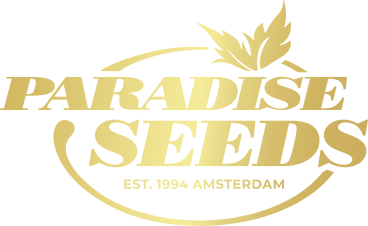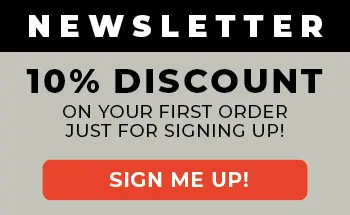Once upon a time the aim of marijuana consumption for the majority of cannabis users was to get super high; red eyes, dry mouth, fits of giggles, munchie attacks… you get the picture! Well of course that’s still a popular option for many, but as the Twenty First century races towards being a quarter done, the benefits of microdosing cannabis are increasingly becoming a popular topic of conversation.
Microdosing is more traditionally associated with psychedelic substances such as LSD or mushrooms, which have powerful hallucinogenic effects when taken as a full dose. However, taken in very small amounts – microdosing – on a regular basis, anecdotal user experiences (increasingly supported by scientific research) suggest positive effects.
Why Microdose Weed?
The benefits of microdosing cannabis are obvious for the medical user, especially those patients who have no previous history of using marijuana. Medical cannabis has been linked with health and wellbeing effects and has been shown to be effective for, amongst other things, pain management, anxiety and depression, as a sleeping aid and appetite stimulant. However, many ‘new’ cannabis users have been put off by the stoned effect which comes with full dosage.
Of course CBD rich varieties such as CBD Relief and CBDream have minimal THC content, but the psychoactive compound (Tetrahydrocannabinol) of the cannabis plant is also recognized for having health benefits – with the combination of these two (and other) cannabinoids interacting with the body’s endocannabinoid system . Therefore, the advantage of microdosing for patients who are inexperienced cannabis users is obvious – by introducing cannabinoids into the body in such low doses, there is no ‘stoned’ effect.
Beyond specific medical conditions, there is a whole conversation around general wellbeing which accompanies microdosing. The mainstream is already doing it in the form of CBD oil consumption – daily drops dispensed via a pipette – and microdosing with THC and other cannabinoids is no different.
Cannabis Microdose Levels. What’s Right For You?
This is the million dollar question, and the answer is that there is no definitive answer. To understand the concept of microdosing, one must also recognize that everybody (as in each person’s body) is different. As well as height, weight, metabolism and other genetic and environmental factors (including cannabis tolerance levels for regular users), the body’s own state of balance – or homeostasis – can also affect personal dosage levels.
“Low and slow” is a commonly used mantra and in the case of THC, it is generally suggested by microdose advocates to begin with a daily dose of 2 – 3 mg for a few days and work up from there if necessary. It’s important to keep the focus on the desired effect i.e. an improved sense of well being, rather than any change of perception. To use an analogy, it’s the difference between having 15-30 minutes in the sun to boost vitamin D levels or baking in the sun until your skin turns several shades darker.
How to THC Microdose?
The obvious way to microdose via inhalation, is to adopt a ‘one hit’ approach, which is the practical solution that many self sufficient cannabis home growers will adopt. There are a number of one hit products on the market, in vape and pipe form, giving a certain amount of control for a user. By cultivating their own personal supply home growers are able to work with specific cannabis strains , which will provide some consistency of cannabinoid content and also effect.
There are clear advantages with THC microdosing with gummies and other edibles, which contain prescribed levels of cannabinoids. The same could be said for vape cartridges (make sure to always buy regulated products) infused with cannabis extracts. However, in countries where these products are illegal this option is not available.
Therefore making your own cannabis edibles is an option, although the issue with homemade recipes is the inability to accurately formulate standardized doses. The basic recipe for making any cannabis edible is to decarboxylate weed (ie heat it in the oven at 105-120°C) and then mix it with a fat, such as coconut oil or butter, and simmer for a period of time. This provides a THC cannabis oil base ingredient to be added to the desired edible medium. The traditional gummy is a good option because it stores well – compared to baked edibles which have a shelf life -and there are plenty of recipes available online giving directions on how to prepare.
Cannabis microdosing is very much a personal adventure and one that inevitably takes place over a long period of time and is influenced by a person’s life/lifestyle background circumstances. This may relate to a specific long term condition, such as anxiety, or a pursuit of general wellbeing through microdosing with marijuana. It is always recommended to do some proper research and don’t forget to start low, go slow and listen to what your body tells you – as regular marijuana microdosing will tell you, your ideal microdosing levels are often much less than you think.



